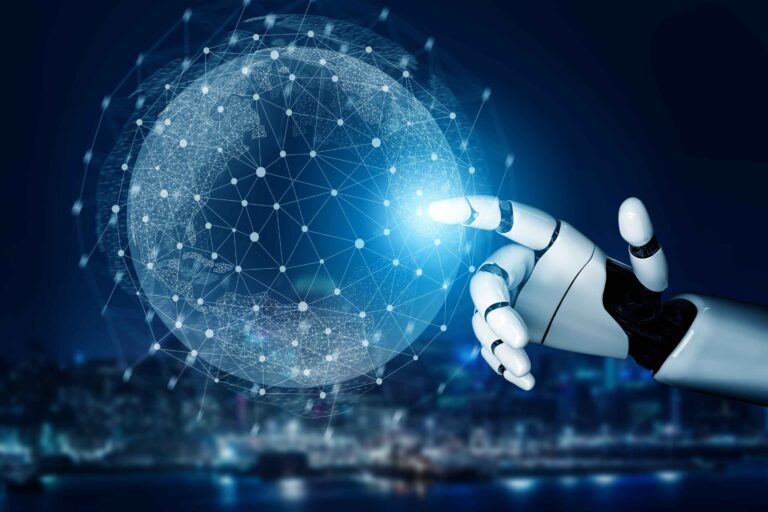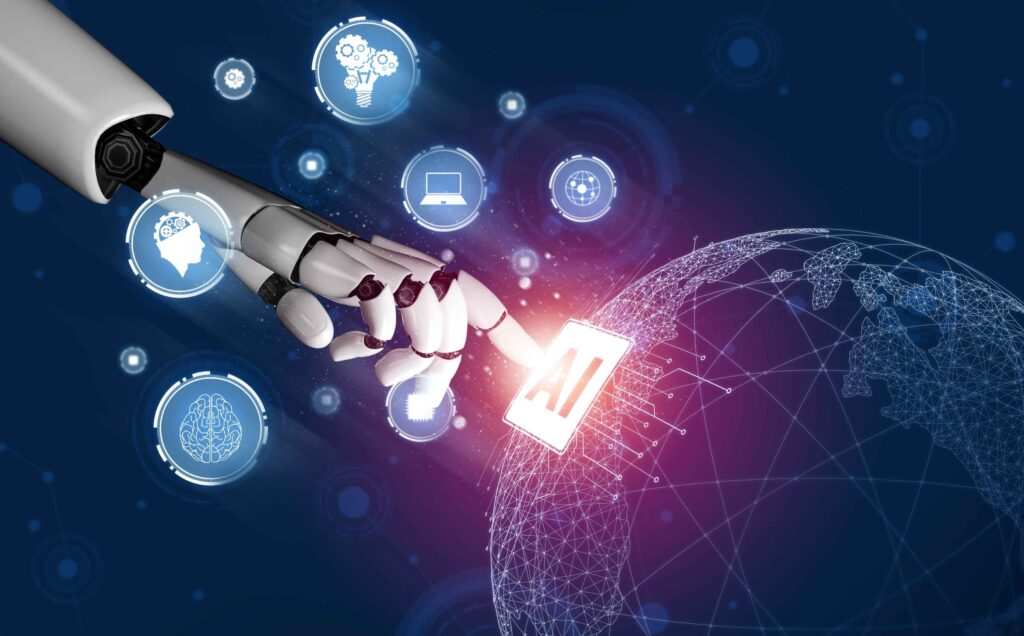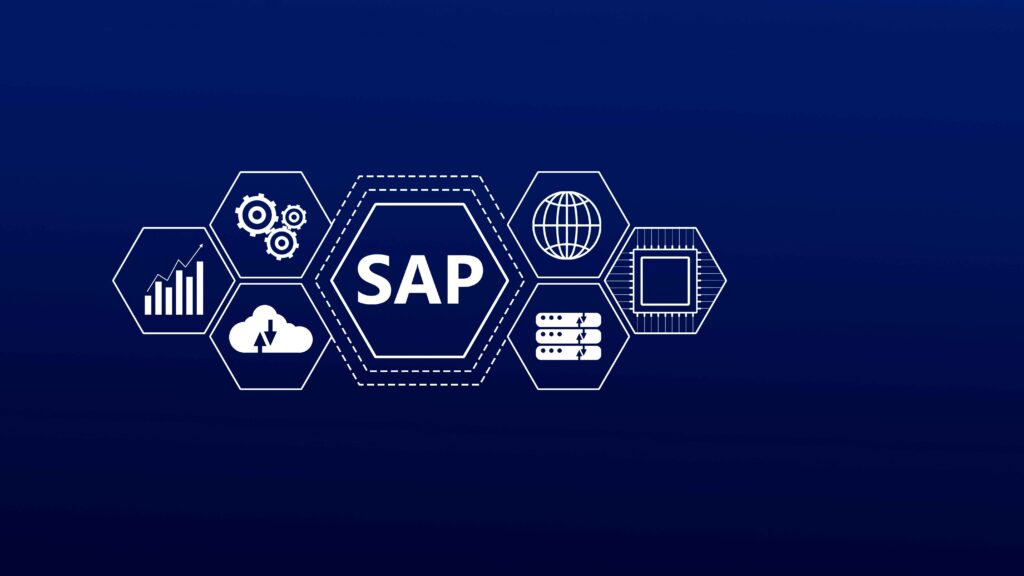The fusion of Artificial Intelligence (AI) and the Internet of Things (IoT) — known as AIoT — is not just transforming data-driven industries; it’s redefining how IT systems operate, recover, and evolve. In the era of real-time data and constant connectivity, AIoT is laying the groundwork for self-healing IT systems: infrastructures that detect, diagnose, and fix issues autonomously, often before human operators even notice a problem. Here’s how the convergence of AI and IoT is powering a new generation of resilient, intelligent IT systems.
What Is a Self-Healing IT System?
A self-healing IT system is an infrastructure that detects anomalies, diagnoses root causes, and takes corrective action without human intervention. These systems are designed to achieve maximum uptime, reliability, and performance in increasingly complex IT environments

Key Components of AIoT-Powered Self-Healing Systems
Real-Time Monitoring with Smart Sensors
- IoT devices collect data from servers, routers, edge devices, and more.
- Metrics like CPU usage, disk errors, and memory leaks are tracked continuously.
Anomaly Detection via Machine Learning
- AI models learn what “normal” looks like for each system or component.
- When anomalies occur — say, a CPU suddenly spikes to 95% usage — the system raises a red flag.
Automated Root Cause Analysis
AI doesn’t just alert — it investigates.
Using correlation analysis and pattern recognition, the system narrows down the most likely cause of the issue.
Autonomous Remediation
Once the issue is identified, the system executes a pre-configured fix:
- Restarting a service
- Scaling resources
- Applying a configuration change
Continuous Learning
- Each incident improves the model.
- The system becomes more accurate and efficient with every event, leading to fewer false positives and faster recoveries.
Real-World Applications
1. Data Centers
Modern data centers track thousands of endpoints using artificial intelligence of course. For instance, Google manages its server cooling systems using DeepMind AI, so saving forty percent of the energy consumption. The system real-time adjusts airflow and temperature when cooling inefficiencies are found.
2. Enterprise IT Operations
AIoT can replace manual monitoring tools in enterprise networks. If a database latency issue is predicted due to unusual query loads, the system can preemptively spin up additional instances or reroute traffic.
3. Smart Manufacturing
In industrial IoT environments, AIoT detects equipment wear-and-tear before it causes downtime. If a machine shows vibration anomalies, AI can schedule maintenance or shut it down safely to avoid larger failures.
Benefits for IT Leaders
Reduced Downtime
Self-healing systems can resolve issues in milliseconds, minimizing costly outages.
Operational Efficiency
IT teams spend less time firefighting and more time on strategic initiatives.
Predictive Maintenance
Resources are serviced based on real-time need, not calendar dates, leading to optimized asset lifespans.
Enhanced Cybersecurity
AIoT can detect and respond to suspicious activity — like a device communicating with an unknown server — faster than traditional tools.
Scalability
As infrastructure grows, AIoT scales effortlessly, ensuring every device and endpoint remains under vigilant watch
Challenges and Considerations
While AIoT offers incredible promise, there are some difficulties to overcome:
- Data Quality: AI is only as good as the data it receives. Poor data can lead to false positives or missed incidents.
- Integration Complexity: Merging IoT devices, legacy systems, and AI platforms can be complex.
- Security Risks: More devices mean more endpoints to secure — a critical concern in self-managed ecosystems.
- Cost of Implementation: Initial investment in sensors, AI models, and automation pipelines can be high, though ROI is often significant.
The Future: AIoT + Edge Computing
AIoT’s next frontier is edge computing. Instead of sending all data to a central cloud, AI models are being deployed directly on edge devices. This enables real-time decision-making, even in environments with limited connectivity
Conclusion
Self-healing IT systems, driven by the powerful combination of AI and IoT, are becoming essential for modern businesses. Traditional IT models frequently fail to meet the increasing demands for speed, security, and always-on operations. AIoT enables systems to automatically identify, diagnose, and resolve problems. At Tek Leaders, we’re focused on using these technologies not just to solve problems, but to build intelligent IT systems that adapt, scale, and perform reliably as your business grows
Why Choose Tek Leaders for IT Services?
At Tek Leaders, we combine smart technology with reliable IT services to help your business run smoother and faster. Our team uses the power of AI along with traditional IT solutions to fix problems before they happen, keep systems running without interruptions, and make sure your technology grows with your business. Whether you need help managing your data, improving security, or automating tasks, Tek Leaders is here to make your IT work smarter — not harder. We don’t just support your technology — we help it think ahead




